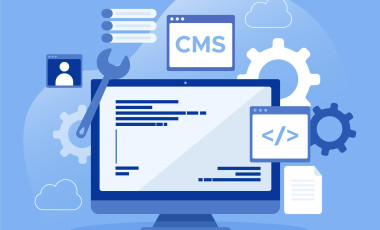Intelligent Systems Enhance the Effectiveness of Public Transport Services
The road transport department is constantly battling with the problem of poor routing and scheduling; random criminal acts that destroy public transport vehicles - resulting in higher maintenance costs. The department is also faced with the problem of having very little data available at its disposal to track and optimize the current fleet’s performance.
The complexity of the problem further enhances when public transport vehicles start and return from multiple depots, and many of these routes are return journeys to the original depot.
The road transport department integrated route planning software to map all the passenger pickup points and schedule the routes automatically. The software automatically adjusts when a new pick-up point is added or removed. Additionally, the maximum carrying capacity of the vehicle, the median number of passengers that can be serviced along the route, and capping the maximum distance assigned to a single vehicle at a stretch were additional factors to be considered while fixing the route. If the passenger demand at a single stop is not met completely then another vehicle was assigned to pick up additional passengers from that stop. By varying the intervals of transport service, during rush hours and normal hours, the road transport department was able to save significantly on the cost incurred on fuel charges without compromising on its service mission objectives.
The road transport department later integrated a live vehicle tracking system into each public transport vehicle, that enabled them to view both historical and live data.
Along with this, the driver’s average speed, punctuality, duration of break time taken between the journeys were also be monitored remotely.
The vehicle location tracking system also provided an easier way to send assistance to the scene – in event of an emergency, from a vehicle operator’s perspective. The data on current and historical vehicle locations has provided the administrators the ability to validate and investigate citizen complaints faster.
The vehicle location tracking system also gave data and foresight into traffic congestions and arrive at the approximate arrival time which was later integrated into the display board at the pick-up stations in the route.
The road transport department later integrated a video surveillance system into each of its vehicles that significantly contributed to passenger safety of women during late hours.
The video surveillance system also revealed the cleanliness of the vehicles and insight into the staff behavior of passengers which were now being monitored remotely. In event of criminal acts creating disturbances on the vehicles, the video surveillance system made it easier to track the perpetrator committing the crime. The very presence of a video surveillance system on the vehicle also dissuaded the occurrence of the criminal acts, resulting in lower maintenance costs on vehicle repairs.
Additional References
[1].https://www.fleetminder.com.au/
[2].https://www.fleetio.com/
[3].https://www.teletracnavman.com/
[5].https://www.quartix.net/



